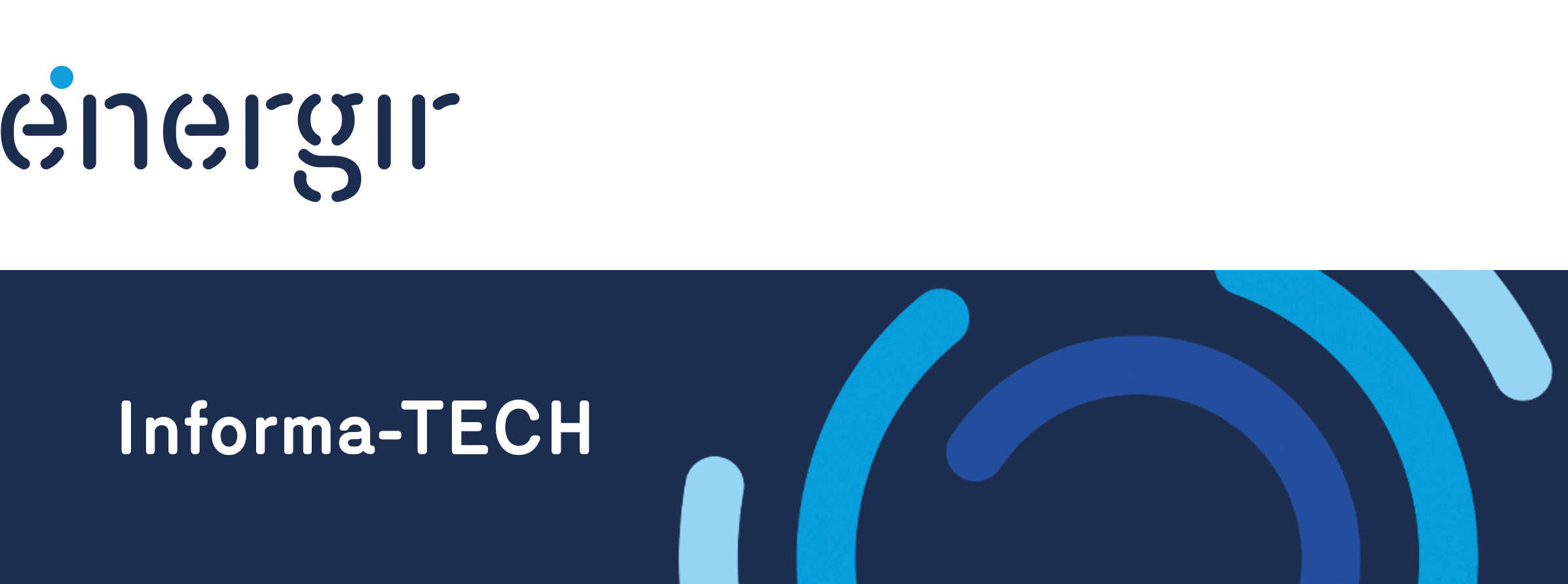Continue reading

What is RNG?Renewable natural gas is a 100% renewable natural gas that helps reduce greenhouse gas emissions (GHGs) in two ways: first by replacing a fossil energy by a renewable energy, then by avoiding the methane emissions from landfilled organic residual waste
|
With the expected rise in the price of carbon in the medium to long term, the implementation of a decarbonization strategy, combined with energy efficiency and RNG, will enable Énergir customers to considerably reduce their carbon footprint from consuming natural gas.
The increased injection of RNG for consumption in Québec is a key initiative of Énergir, since RNG has many advantages:
The life cycle of fossil natural gas and renewable natural gas raises several questions and concerns among our stakeholders, customers and investors.
To better understand and better control its supply chain, Énergir asked the International Reference Center for the Life Cycle of Products, Processes and Services (CIRAIG) to produce an environmental profile of the natural gas distributed in Québec, based on a life cycle approach.
This study covers:
A life cycle study is therefore a useful tool in environmental decision-making that can take into account all the steps in the life cycle of a product or service.
What is a life cycle analysis?It is analysis that helps quantify the potential environmental impacts associated with the life cycle of a product.
|
The lifecycle of renewable natural gas mainly depends on the source of the residual organic wastes that are the inputs in its production process.
In other words, one of the advantages of RNG production is its ability to avoid releasing biogenic methane into the atmosphere. That methane is the source of energy that is captured and converted into RNG!
While RNG is a renewable source of energy, just like the hydroelectricity produced in Québec, its production and distribution produce GHG emissions.
On the other hand, as the CIRAIG analysis shows, the sources of RNG are not all equivalent when it comes to reducing GHG emissions over the whole life cycle. However, the activity sectors where the organic wastes originate (agriculture, municipalities, sludge from water treatment) may generate significant GHG reductions. Depending on the source of RNG, the GHG emissions avoided may be higher than the emissions generated and, consequently, the RNG may be carbon neutral, even carbon negative. RNG produced from animal manure is able to generate the most significant reduction in the carbon footprint.
Against a backdrop of the global approach to decarbonization, RNG represents an excellent way to reduce GHG emissions, in concert with other initiatives such improving energy efficiency, for example. That is why Énergir is continuing to invest in this sector and to increase the volume of RNG in its network. Customers can now have access to RNG if they so wish and thereby contribute to meeting their own GHG reduction targets. In time, that is, by 2030, Énergir aims to have RNG represent at least 10% of its annual volume delivered for consumption, which is equivalent to an annual reduction in emissions of one million tonnes eq. CO2.
Continue reading
© 2024, Énergir